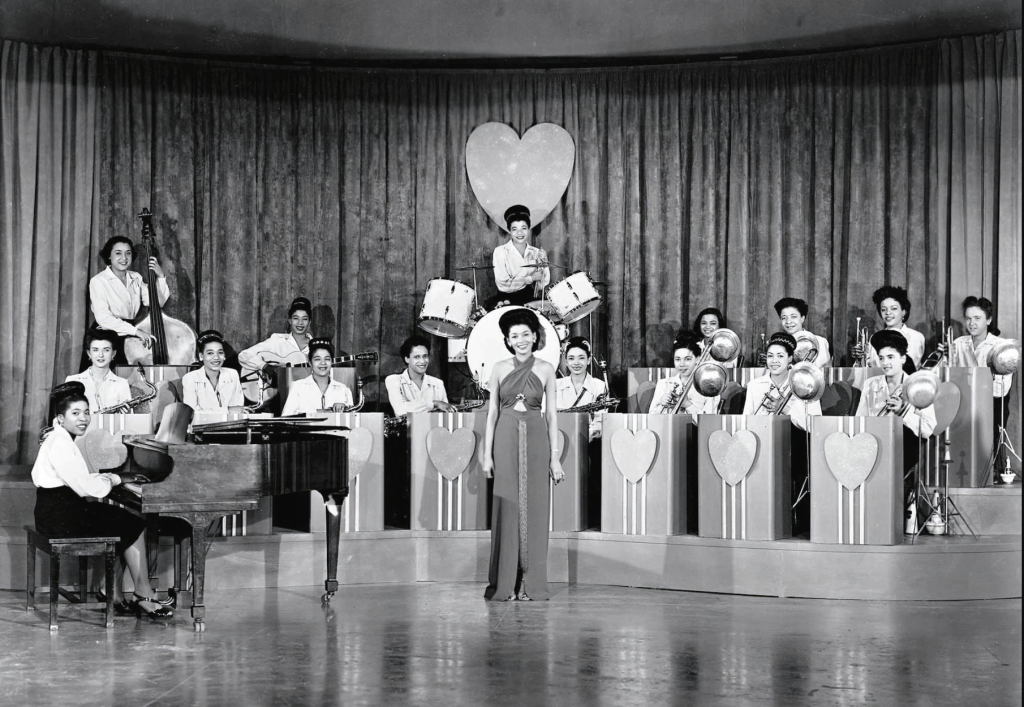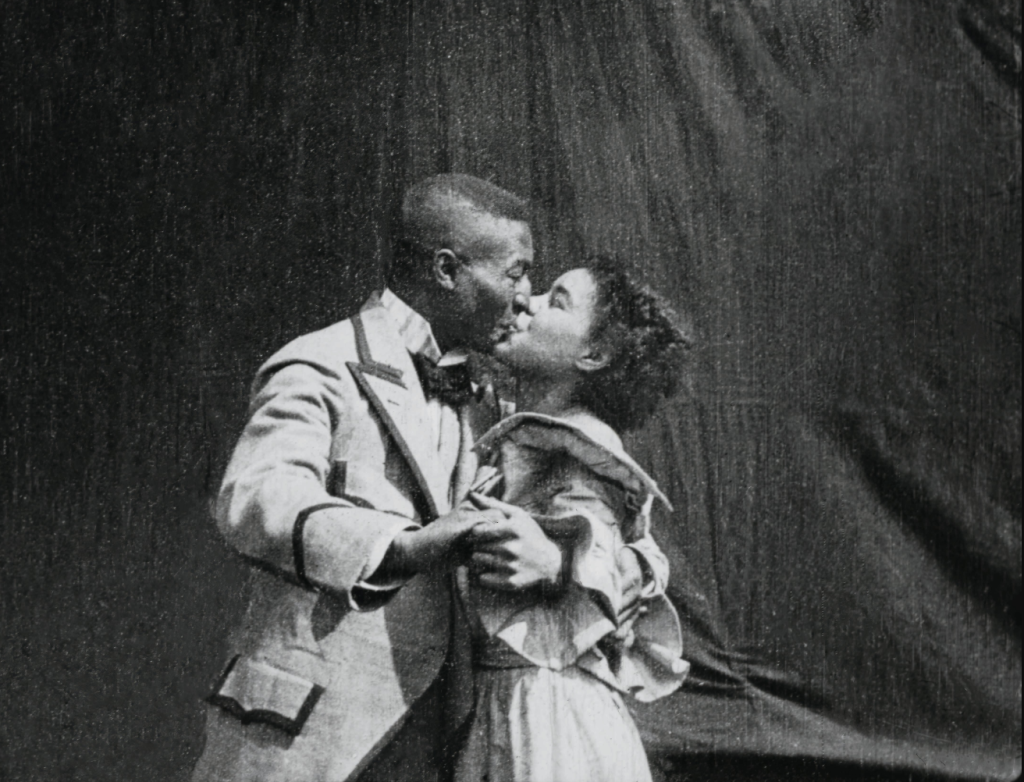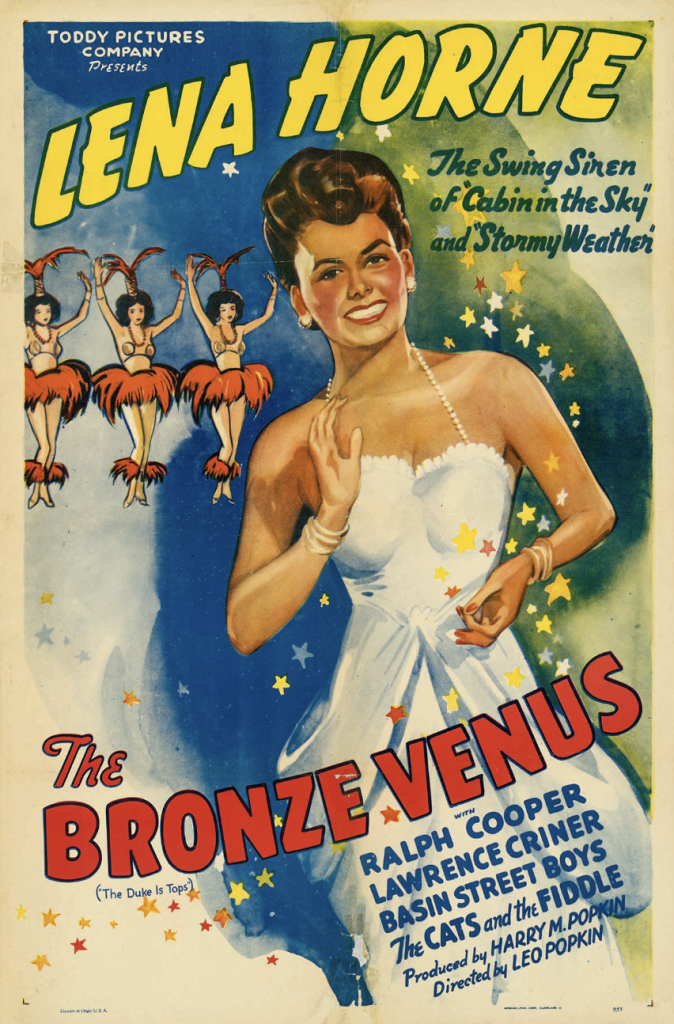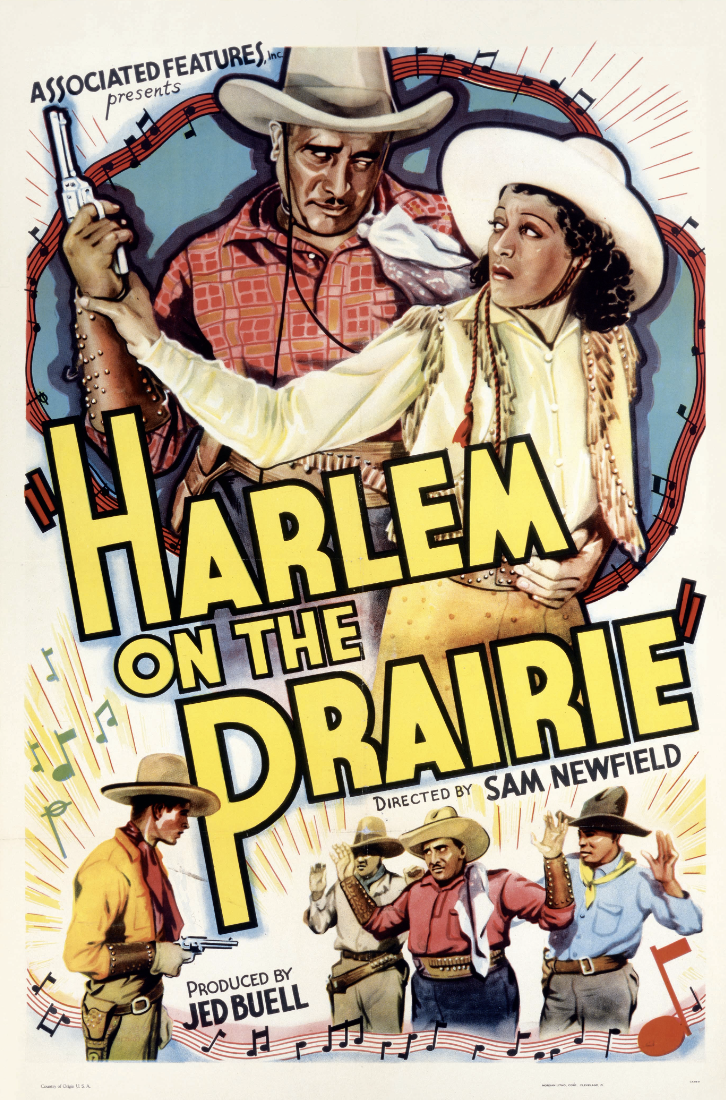“Harlem on the Prairie,” 1937. Lithograph. Director: Sam Newfield. Associated Features Inc. Edward Mapp Collection, Margaret Herrick Library, Academy of Motion Picture Arts and Sciences.
By TNCPNEWS
The Detroit Institute of Arts (DIA) is currently hosting a significant exhibition titled “Regeneration: Black Cinema 1898-1971.” This exhibition, which was initially organized by the Academy Museum of Motion Pictures, delves into the pivotal yet frequently unacknowledged role of African Americans in the American film industry, spanning from the early days of cinema to the post-Civil Rights Movement era. It will run from February 4 to June 23, 2024.
“Regeneration” brings to light the resilience and creativity of African American artists who, in the face of racial discrimination and prejudice, made significant contributions to the art of film. The exhibition showcases around 200 historical items such as photographs, costumes, props, and posters. These are complemented by interactive components and significant contemporary artworks by Theaster Gates, Glenn Ligon, Gary Simmons, and Kara Walker. Additionally, it features a variety of media including newsreels, home movies, excerpts from narrative films and documentaries, and a selection of restored films that underscore the African American influence in U.S. cinema.
Salvador Salort-Pons, the Director of DIA, expressed pride in presenting this exhibition, noting its exploration of the critical roles of Black actors, filmmakers, and advocates in shaping American cinema and culture amidst ongoing racism and discrimination.
In conjunction with the exhibition, the Detroit Film Theatre, which is celebrating its 50th anniversary in 2024, will host a film series with more than 20 events. This series will highlight Black cinema history and representation, featuring rare films such as “Within Our Gates” (1920), “The Flying Ace” (1926), and “Harlem on the Prairie” (1937), as well as films with Detroit connections like “Eleven P.M.” (1928).
Elliot Wilhelm, DIA’s Curator of Film, described the exhibition as a critical narrative that extends beyond on-screen portrayals to the struggles and triumphs of Black actors and filmmakers off-screen. He emphasized how each generation paved the way for the next, serving as symbols and advocates for social justice in Hollywood and beyond. The Detroit Film Theatre’s series aims to further share this rich history and connect it with Detroit’s cinematic past.
“Regeneration” traces the evolution of Black identity and empowerment in film, starting with the earliest known on-screen depiction of Black intimacy in the short film “Something Good – Negro Kiss” (1898). It follows the progression of Black representation, from secondary roles to lead characters, and examines how Black actors and writers used their influence to advocate for racial and social justice.
Among the many artifacts, the exhibition features excerpts of films starring legendary artists like Josephine Baker, the Nicholas Brothers, Louis Armstrong, Dorothy Dandridge, Ossie Davis, Ruby Dee, Sidney Poitier, Paul Robeson, Cicely Tyson, and others, illustrating the rich legacy of Black cinema.
“Regeneration: Black Cinema 1898–1971,” an exhibition currently at the Detroit Institute of Arts, is a collaborative effort organized by the Academy Museum of Motion Pictures. The exhibition has been co-curated by Doris Berger, Vice President of Curatorial Affairs at the Academy Museum, and Rhea L. Combs, Director of Curatorial Affairs at the National Portrait Gallery, Smithsonian Institution. Their efforts were supported by the former Assistant Curator J. Raul Guzman and Curatorial Assistants Emily Rauber-Rodriguez and Manouchka Kelly Labouba of the Academy Museum of Motion Pictures.
The exhibition has been recognized with the prestigious 2018 Sotheby’s Prize. This award is an acknowledgment of the groundbreaking nature of the exhibition, which delves into aspects of art history that have been previously overlooked or underrepresented. An esteemed jury decided to award the Sotheby’s Prize to museum curators and directors. This jury included Sir Nicholas Serota, Donna De Salvo, the late Okwui Enwezor (1963–2019), Connie Butler, Emilie Gordenker, and was chaired by Allan Schwartzman.
“Regeneration” was made possible through major funding from various sources, including significant grants from the National Endowment for the Humanities. The exhibition also benefitted from technology solutions provided by Christie®. Additionally, it received generous support from renowned actress Octavia Spencer, highlighting its significance in the cultural and historical exploration of Black cinema.
Plan Your Visit to the Detroit Institute of Arts
The DIA is a jewel in Detroit’s cultural corridor and welcomes art enthusiasts and curious minds to its location at 5200 Woodward Avenue. A sanctuary of creativity, the museum offers a special invitation to residents of Macomb, Oakland, and Wayne counties, granting them free admission simply by presenting identification. This gesture of inclusivity is part of the tri-county millage effort, underlining the DIA’s commitment to making art accessible to the community.
Tickets can be acquired by phone at 313-833-7900 or online, ushering in an adventure into a world where history and imagination intertwine. Admission is structured to accommodate everyone: adults at $18.00, seniors and college students with valid identification at $10.00, youth between 6-17 years at $8.00, while children under 5 and museum members enjoy free entry.
The DIA’s doors open wide with varied hours throughout the week. Closed on Mondays, it welcomes visitors from 9 a.m. to 4 p.m. Tuesday through Thursday, extends its embrace till 9 p.m. on Fridays, and adopts a leisurely schedule from 10 a.m. to 5 p.m. over the weekend. However, the institute pauses on major holidays like New Year’s Day, Juneteenth, Independence Day, Thanksgiving Day, and Christmas.
The museum covers 658,000 square feet that includes more than 100 galleries, a 1,150-seat auditorium, a 380-seat lecture/recital hall, an art reference library, and a state-of-the-art conservation services laboratory.
The DIA’s collection is among the top six in the United States, with more than 65,000 works.

International Sweethearts of “Rhythm in That Man of Mine,” 1946. 35 mm films transferred to video. Margaret Herrick Library, Academy of Motion Picture Arts and Sciences.

Excerpt from “Something Good – Negro Kiss,” 1898. 35 mm film transferred to digital. Director: William Nicholas Selig. The National Library of Norway.

Fayard and Harold Nicholas in “Stormy Weather”, 1943. 35 mm transferred to video. Director: Andrew L. Stone. Margaret Herrick Library, Academy of Motion Picture Arts and Sciences. 1943 Twentieth Century Fox. All Rights Reserved.

“The Bronze Venus”, Re-release of “The Duke is Tops,” 1938. Lithograph. Director: William N. Nolte. Poster collection, Margaret Herrick Library, Academy of Motion Picture Arts and Sciences.




